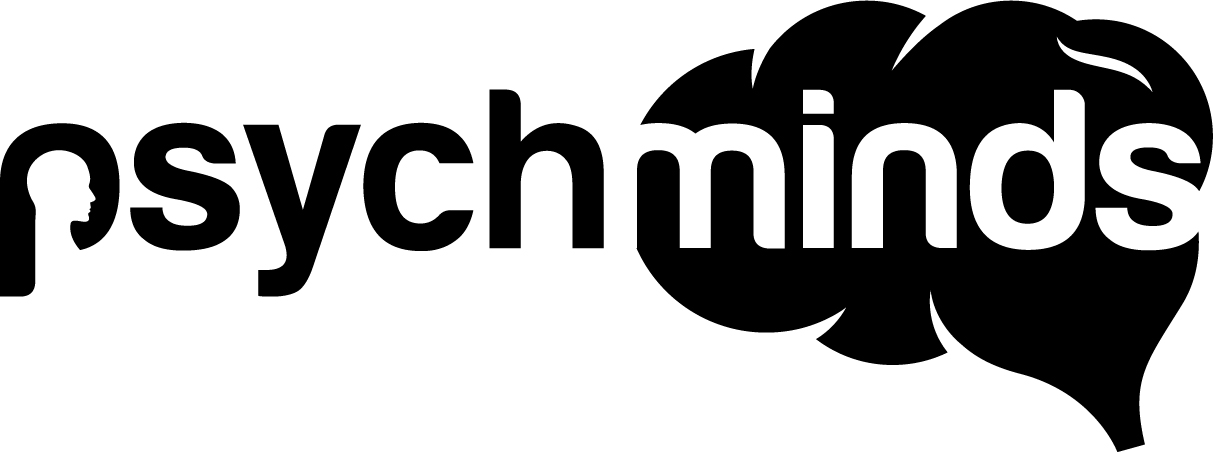What is Autism?
Autism is a developmental disability which is characterised by challenges with social skills, communication, play skills, independent living as well behavioural excesses, typically presented in the form of challenging behaviour. Due to these difficulties, individuals with autism tend to rely heavily on caregivers support in order to function in their day to day lives.
Signs of Autism
- Lack of eye contact
- Lack of joint attention when a communication partner is present
- Inability or difficulty communicating vocally or through other means
- Repetition of words or phrases with no apparent meaning, function or directionality (not directed at a communication partner)
- Inability to play with toys in a functional manner or engage in pretend play
- Restricted, repetitive behaviour patterns and interests
- Difficulty with emotional regulation
- Presence of various forms of challenging behaviours
- Increased sensitivity to external, environmental stimuli
- Difficulty with transitions or changes in routines
Setting up a Communication System
It is imperative to develop a system of communication that works for your child with autism in order for your child to express his/her wants and needs. Communication systems can include:
- Vocal approximations: if your child is vocal, shape appropriate approximations. For example, if teaching your child to say apple, perhaps teach pronouncing the word in the following sequence: “ah” –> “ap” –> “apo” –> “apole” –> “app-le” –> “apple.” Keep in mind these approximations will look different for each child. Consult with a Speech and Language Pathologist (SLP) for specific guidance.
- Sign language: if your child has good fine motor skills and is non-vocal, teaching your child to communicate through sign language is an option. Your child will be able to communicate at any time using his/her hands; however, the audience with which your child can communicate may be limited.
- Picture Exchange Communication System (PECS): if your child is non-vocal or vocal but struggles with speech, PECS is an option. Through using PECS, your child would communicate by exchanging pictures for desired items. For example, if your child wants chips, he/she would approach you and give you a picture of chips. Although it may be cumbersome as your child would need to carry the picture-book at all times, he/she would be able to communicate with a large audience.
- Augmentative and Alternative Communication (AAC): if your child is skilled with technology, they may learn how to communicate using an iPad quickly. There are many speech generating apps that can be downloaded and used for your child’s communication. A particularly user friendly one is Proloquo2Go. Your child would select icons of items/activities/toys etc. that he/she wants and the app will generate voice output and state the item selected.
Practicing Communication throughout the Day
- Talk to your child: have conversations with your child. Build up their conversational repertoire by practicing asking and answering various WH questions (who, what, when, where…). Initially target having 1 exchange in the conversation with your child and slowly build that up to 2 exchanges, 3 exchanges and so on.
- Label items in the environment: even if your child is not yet speaking, it is important to label items, activities, toys, people, locations in your child’s environment so that he/she is able to pair the items with the label.
- Practice receptive identification: receptive identification involves your child pointing to/touching/bringing a labelled item. For example, if you say, “Give me the red ball,” and your child is able to do so, you will know that your child comprehends the concept of “ball” and “red,” even if your child is unable to vocally say them.
- Practice expressive identification: expressive identification involves your child speaking, signing, using pictures or an AAC device to express his/herself. For example, hold up a red ball and say, “What is it?” and help your child expressively identify it using his/her communication system.
- Use prompts (vocal): these skills (receptive/expressive identification) may take time to acquire. In order to help your child communicate successfully, you may need to use various prompting strategies. If your child is vocal, you may say what you want your child to say and have them repeat after you. You can also use sentence fillers, for example you would say, “Ready, steady…” and wait for your child to say, “Go.” You can use visuals of the word paired with a picture, for example, if your child wants you to go somewhere, present a picture of the word go paired with a green light. If your child can read, present carrier phrases written out to help build up the complexity of your child’s sentences, such as, “I want… Give me… I need… Can I have…”
- Use prompts (PECS/AAC): If your child is using PECS or an AAC device, you might want to reduce the number of pictures presented in the field. For example, start with having only one or two pictures presented in your child’s PECS book. Your child may not be able to discriminate among multiple pictures; therefore, this is a skill which you will have to slowly build up. You can also use gesture cues and point to the picture or icon that the child is supposed to select. For example, if your child reached for a plate of cookies, present them with their AAC device/PECS book and gesture to the “cookies” picture for them to select.
- Use prompts (sign): If teaching your child sign language, consider performing the sign and modelling it for your child. Otherwise, go in with hand-over-hand physical guidance to help them perform the sign correctly.
- Contrive communication opportunities: you can do this by placing desired items on high shelves, in tight containers, or out of sight. Use Yes/No questions to establish what the child wants. Only ask them questions, such as, “Do you want the Lego?” if this is in their repertoire and they understand the question. If not, allow yourself to be guided by the child and have the child point to what he/she wants, then teach them to request it before giving it to them. This must be done many times throughout the day. You can consider contriving opportunities naturally throughout the day or set aside a time where you work one-on-one with your child on these targets.
- Use motivational items: it is important to incorporate items/toys/activities/locations etc. that your child finds inherently motivating and fun. Test what your child likes through games, books, playtime and various other activities. If your child does not like carrots, he/she will not spontaneously, or even with a prompt, ask for them. Especially during the initial stages of teaching communication, allow yourself to be led by your child and find what motivates them and what they spontaneously gravitate towards. These will be your initial targets to focus on.
Teaching communication is the first and foremost skill to teach your child with autism. It is imperative to keep in mind that each child’s communication system may look slightly different. It is important to find a system that works best for your child whereby your child is able to communicate his/her wants and needs effectively. Teaching communication is also a critical component of most behaviour plans. Once a child is able to ask for things he/she wants in an appropriate manner, studies have shown that challenging behaviour reduces. Instead of a child having a tantrum because the child is hungry but unable to express this, with the appropriate communication tools, he/she can learn to express his/herself without the need to tantrum.
It is also helpful to seek professional support whether that is behaviour therapy or speech and language services. Professionals can assess and evaluate what your child needs as well as guide you on how best to support your child at home.















[…] why he/she is engaging in the challenging behaviour in the first place. It is essential to set up a communication system that works for your child. It is also imperative to try to understand why the individual is […]
Comments are closed.